2025 Seat Ibiza Review: Satisfying Supermini Survivor
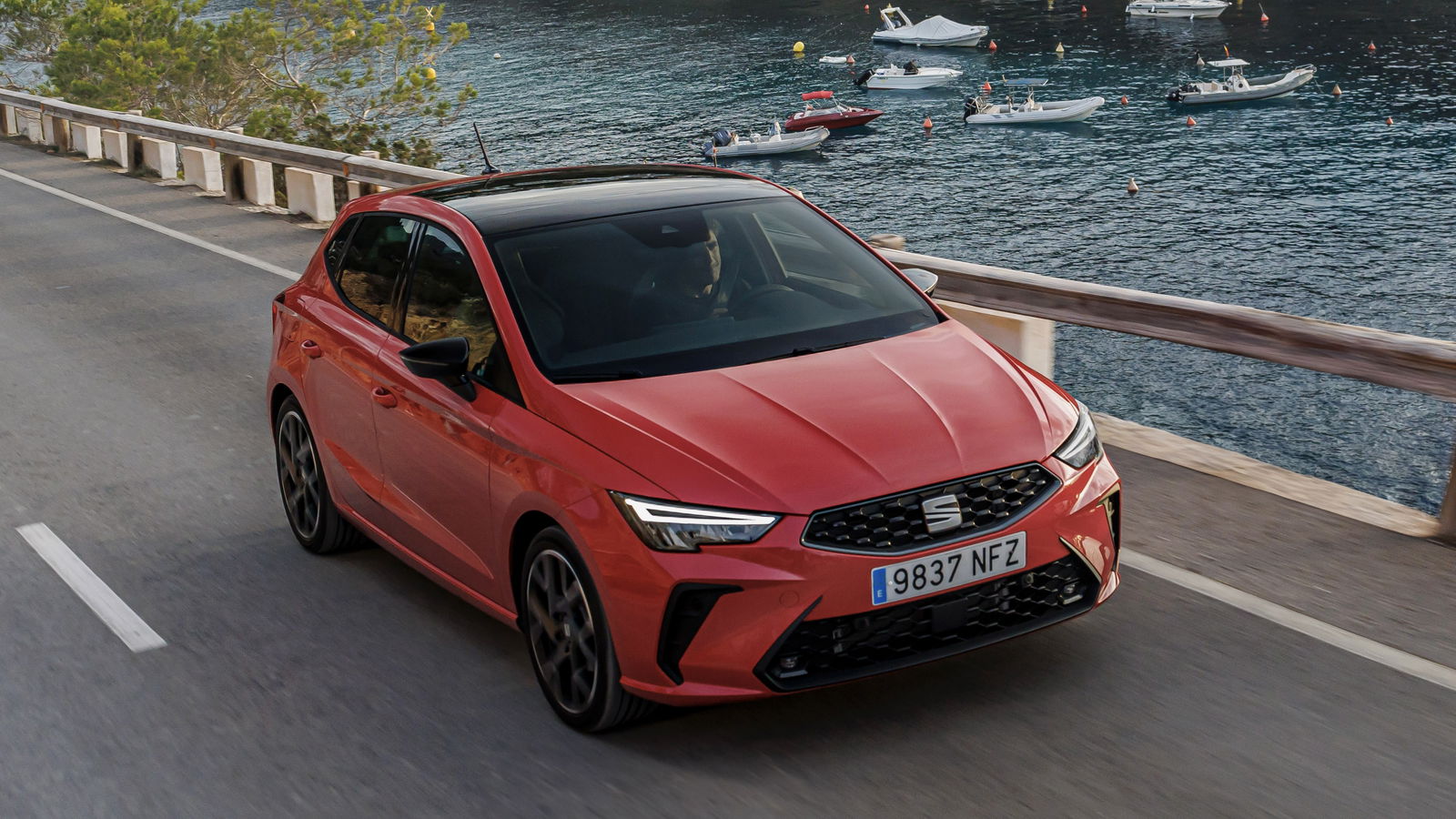
Pros
- Refreshingly simpleAmusing to drive
Cons
- Some cheap interior bitsBritain doesn't get the quickest one
Remember Seat? It seemed for a while that, with the flyaway success of Cupra’s launch as a standalone brand, it might swallow up the marque that birthed it like one of those horrible spiders that eat their parents. But Seat is sticking around for a while at least, and while no all-new products are on the immediate horizon, two models launched some eight years ago – the Arona and the current-gen Ibiza – have been treated to facelifts.
We’ve been out to its namesake island to try the latter, which, besides the visuals, hasn’t really changed a whole lot. Some Audi-ish headlights, reworked bumpers, a new grille that draws on VAG sibling Lamborghini’s hexagon fixation, and some new colours and wheel designs. It’s usual mid-life facelift stuff, except in this case, it’s arrived eight years after the car launched, right when we’d be expecting a whole new generation.
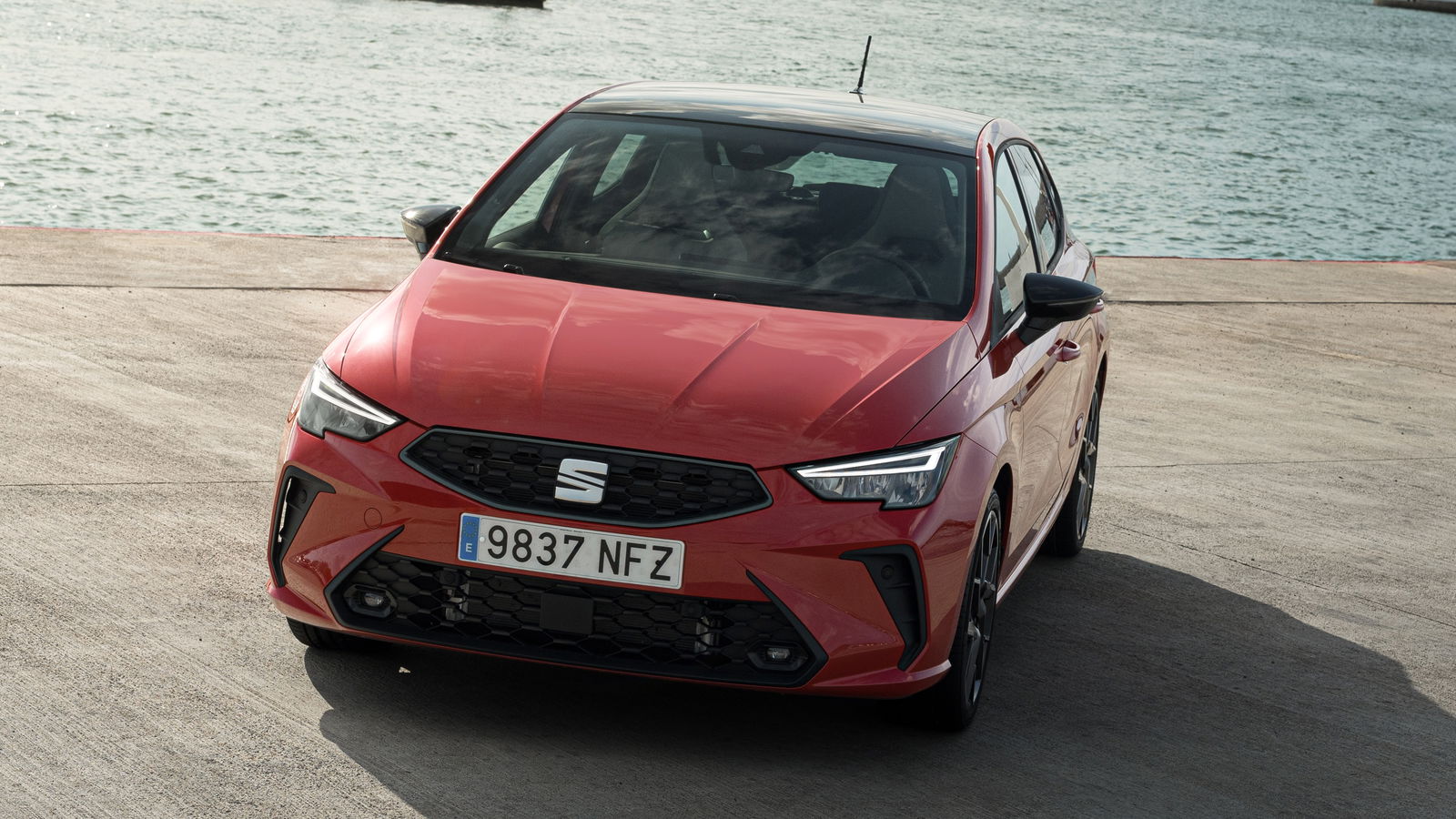
The UK still gets a range of 1.0-litre, three-cylinder petrol engines: there’s a new naturally aspirated one with 79bhp alongside the two turbo versions – 94bhp and 113bhp – as available before. The two lower-powered engines come hooked exclusively to five-speed manuals, while the beefier one gets a six-speed stick or seven-speed DSG auto.
Mainland Europe also gets a 1.5-litre, 148bhp four-pot, but it’s not headed to the UK. A mild hybrid is coming in 2026, but for now, it’s all petrol-only, with the launch taking place in the 113bhp car.
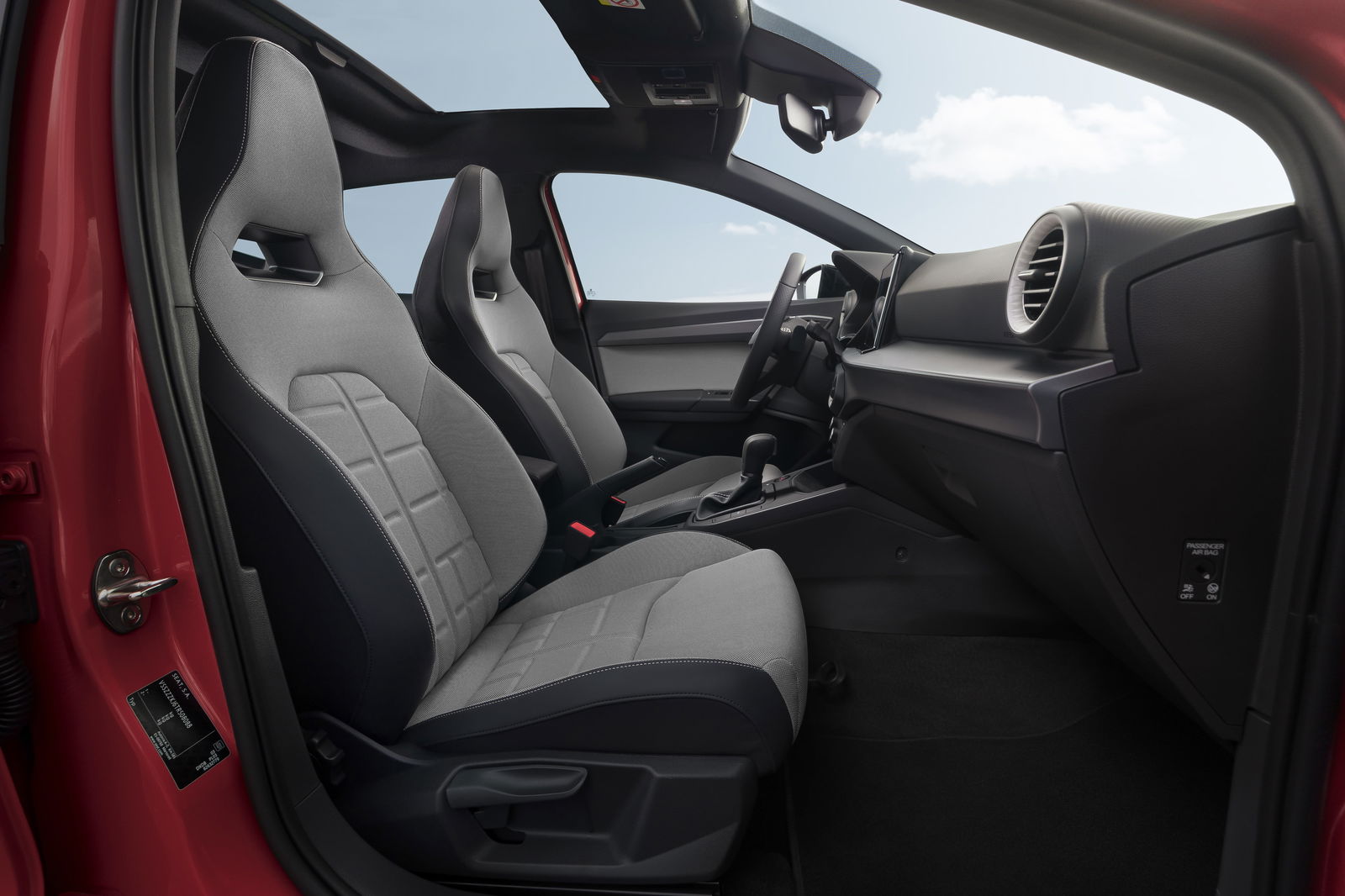
The interior changes are equally minimal, and that’s good news, because this generation of Ibiza hails from before the VW Group’s ergonomics started getting a bit… rubbish. Our top-spec FR test cars get some rather nice new bucket seats up front, but otherwise it’s basically the same as before – right down to a smattering of actual buttons, complete with proper dials for the climate control. It’s so beautiful I could cry.
It still feels fresh enough inside, too. As standard, you get an 8.0-inch digital cluster and 8.25-inch infotainment screen, which can optionally be bumped up to 10.25 and 9.2 inches, respectively. The native infotainment software isn’t the most intuitive, but given the abundance of proper controls, including steering wheel shortcuts for the ADAS, it’s no great loss when you’ll likely just be mirroring your phone anyway. A wireless phone charging pad is now standard, too.
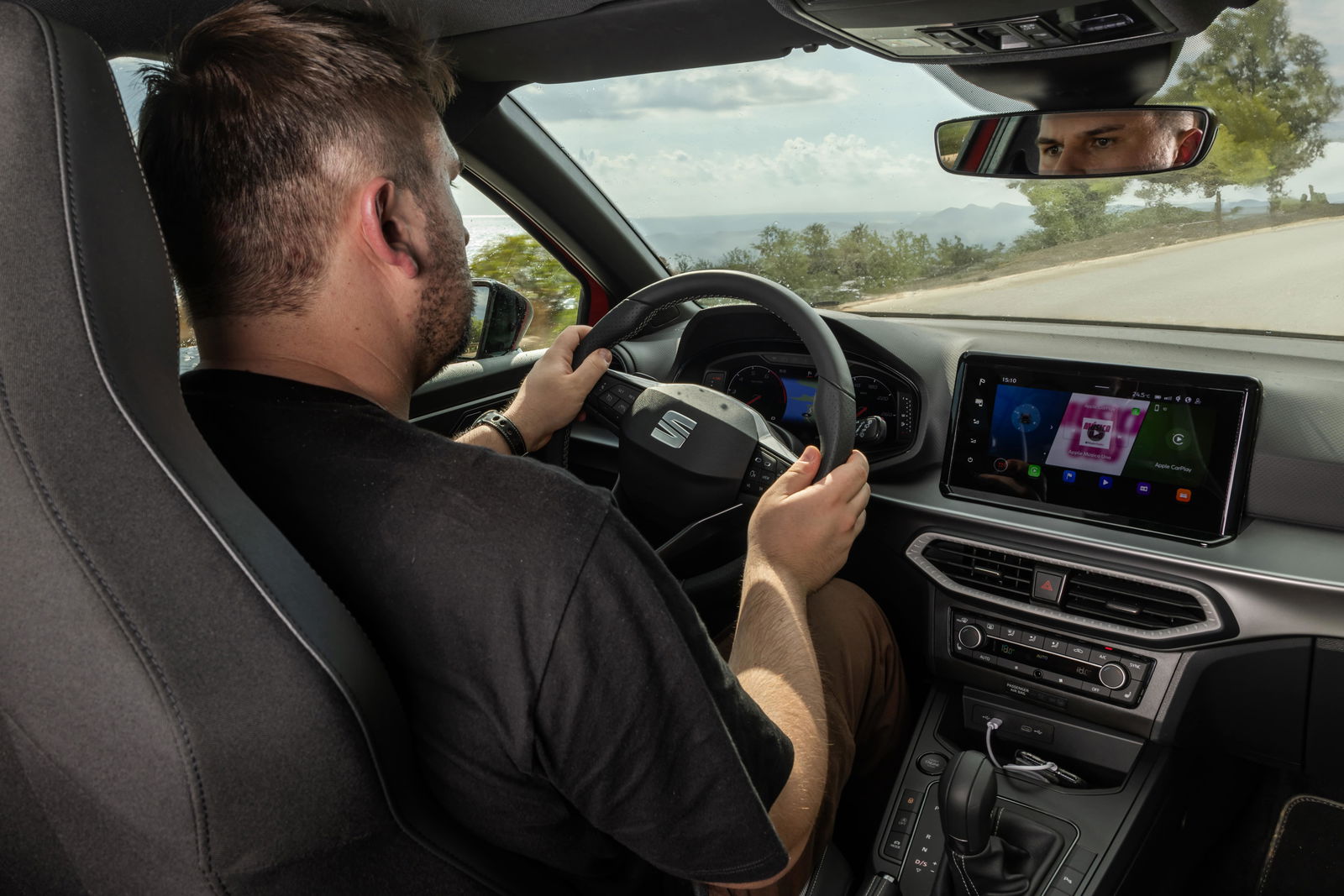
Obviously, the cabin isn’t the last word in super high-end materials – the weird translucent plastic vent surrounds look and feel particularly tacky – but there’s nothing egregiously nasty either, and it’s all forgivable on a car that’ll likely land at the cheaper end of the supermini spectrum.
Not that there’s anything particularly budget about the way the Ibiza drives. Setting off at a cruise, that old-school VAG small car engineering goodness is immediately apparent. It’s genuinely impressive how quiet, refined and generally mature it feels at dual-carriageway speeds.
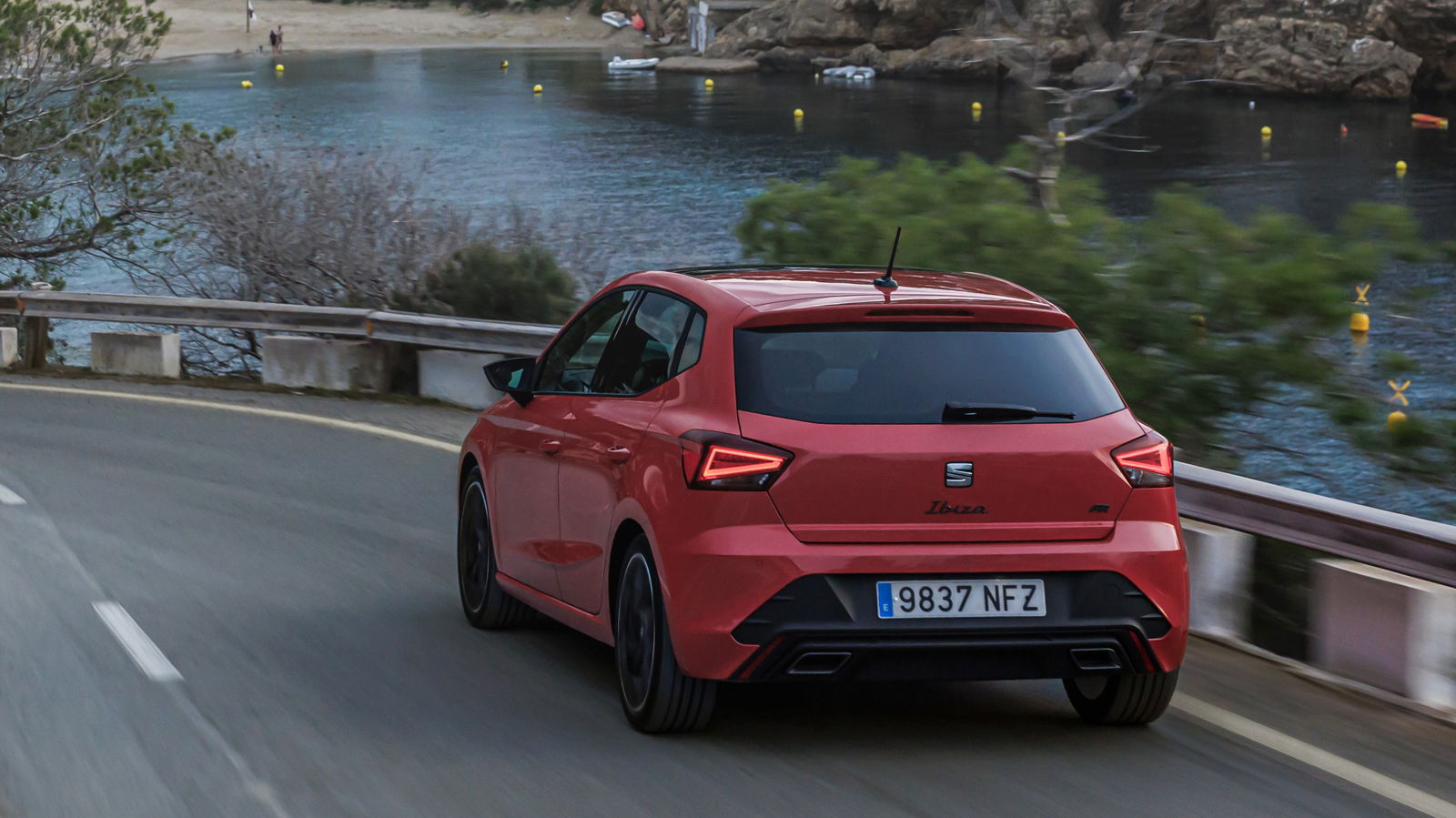
The rest of the driving experience is just a reminder of why a zippy little supermini will always be better than an equivalent small crossover. Around town, it’s agile and easy to place, while out in the countryside, it’s the kind of small car you can get some satisfaction from chucking around.
The steering is super-assisted and doesn’t really offer any feedback, but it’s tight and direct enough to thread the Ibiza down a twisty road, where it corners with impressive flatness and feels light on its toes. The only people that’ll actually drive it like this are freshly-licensed 17-year-olds and people who’ve just picked one up from the airport rental car park, but it’s nice to know it’s possible.
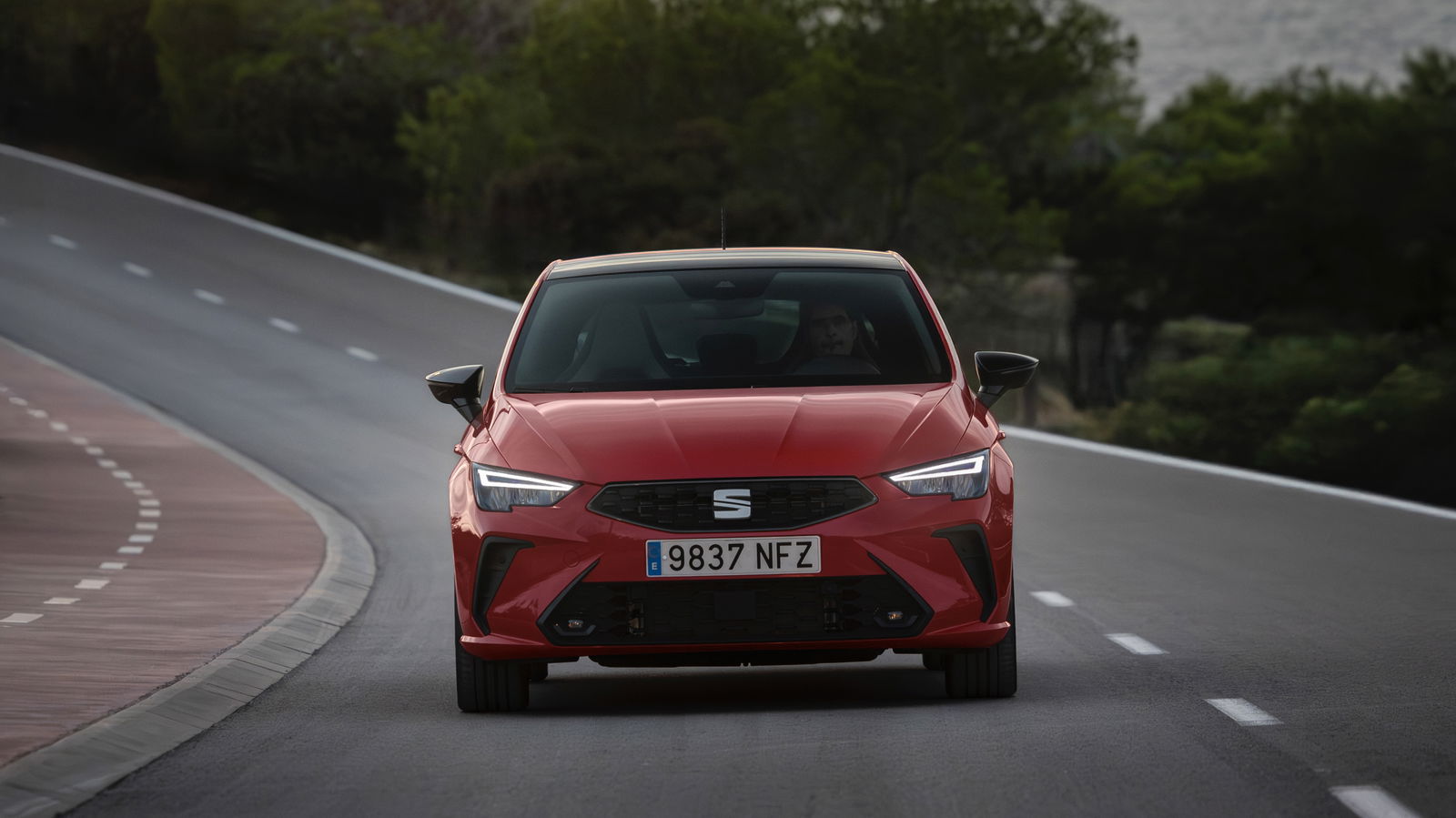
The engine’s a pleasant surprise, too. It’s a novelty in 2025 to drive a small hatch powered solely by petrol, allowing the engine to get on with the business of driving the wheels without having to awkwardly share its duties with an electric motor, and the 1.0-litre three-pot is a great little mill too.
It makes an amusing rumbly noise when you wring it out, but largely avoids the harshness that can plague some three-cylinder engines, and it’s plenty gutsy enough in this 113bhp, 148lb ft guise. The official figures say 0-62mph takes 9.9 seconds and that top speed is 124mph, but the most important thing is that it feels plenty spritely enough most of the time.
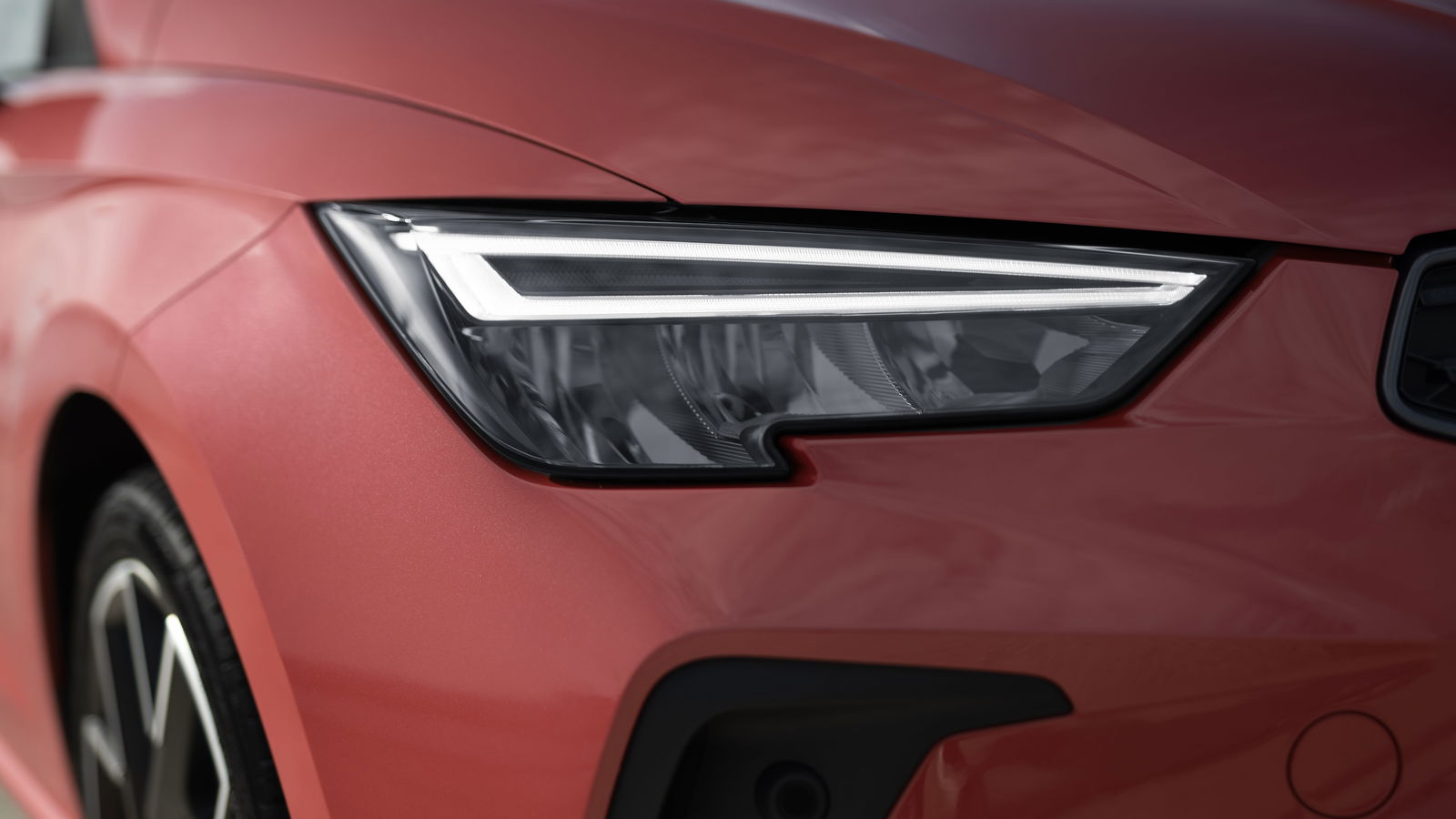
The DSG ’box is as fundamentally decent here as in the trillion other VW Group products it’s fitted to. It’s smooth and largely responsive in its shifts, and generally puts you in the gear you want to be in when you want it to. You can, if you’re so inclined, take control yourself via paddles, but they’re the usual plasticky, hard-to-reach VAG ones, so we wouldn’t bother. We didn’t get to try a manual, but it’s almost certainly fine.
We also didn’t get to try the base 79bhp car, but we suspect it might feel a bit gutless with its quoted 15.3-second 0-62mph time. On the contrary, the not-for-the-UK 148bhp 1.5-litre TSI four-pot will hit 62mph in 8.1 seconds and top out at 137mph – ’90s hot hatch numbers, for all the relevance they have to British buyers (none). We did have a quick go in the 1.5, and if you happen to be reading this from the continent, we wouldn’t bother – it’ll be thirstier, and it’s a less amusing engine than the 1.0-litre.
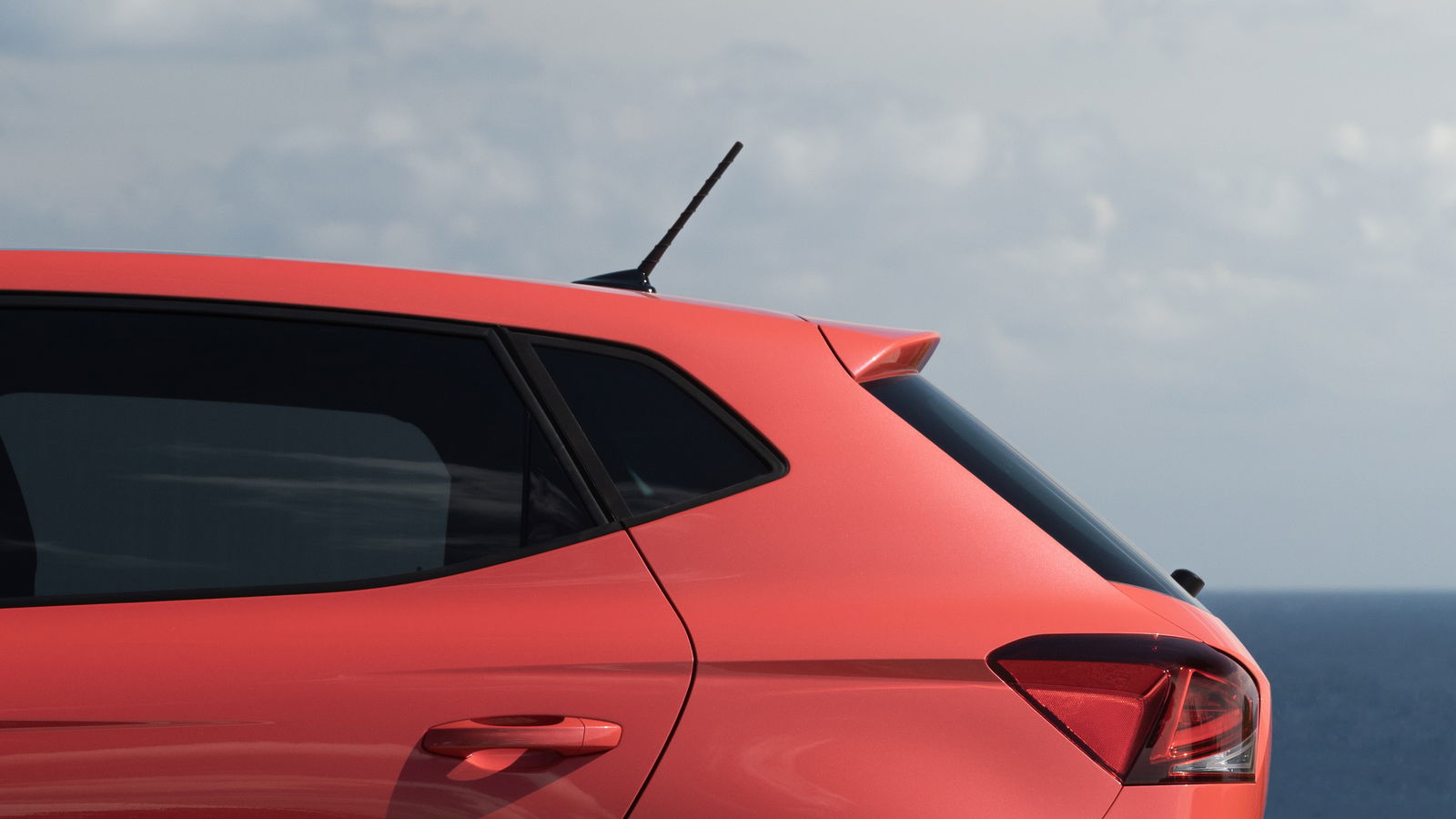
Perhaps the best thing about the Ibiza is what it’s not – not a gimmick, not a wannabe-rufty-tufty crossover (that’s what the Arona’s for), and not some needlessly tech-laden, infuriating-to-use ‘mobility solution’.
It’s simply a small, nippy supermini, and it reminds us how bloomin’ satisfying that genre of car can be at its best. It’s big enough most of the time, nice to drive, cheap to run, easy to use, shouldn’t go wrong much, and, given that the addition of the 79bhp engine could well see it start at under £20k when it goes on sale in January next year, it’s good value.
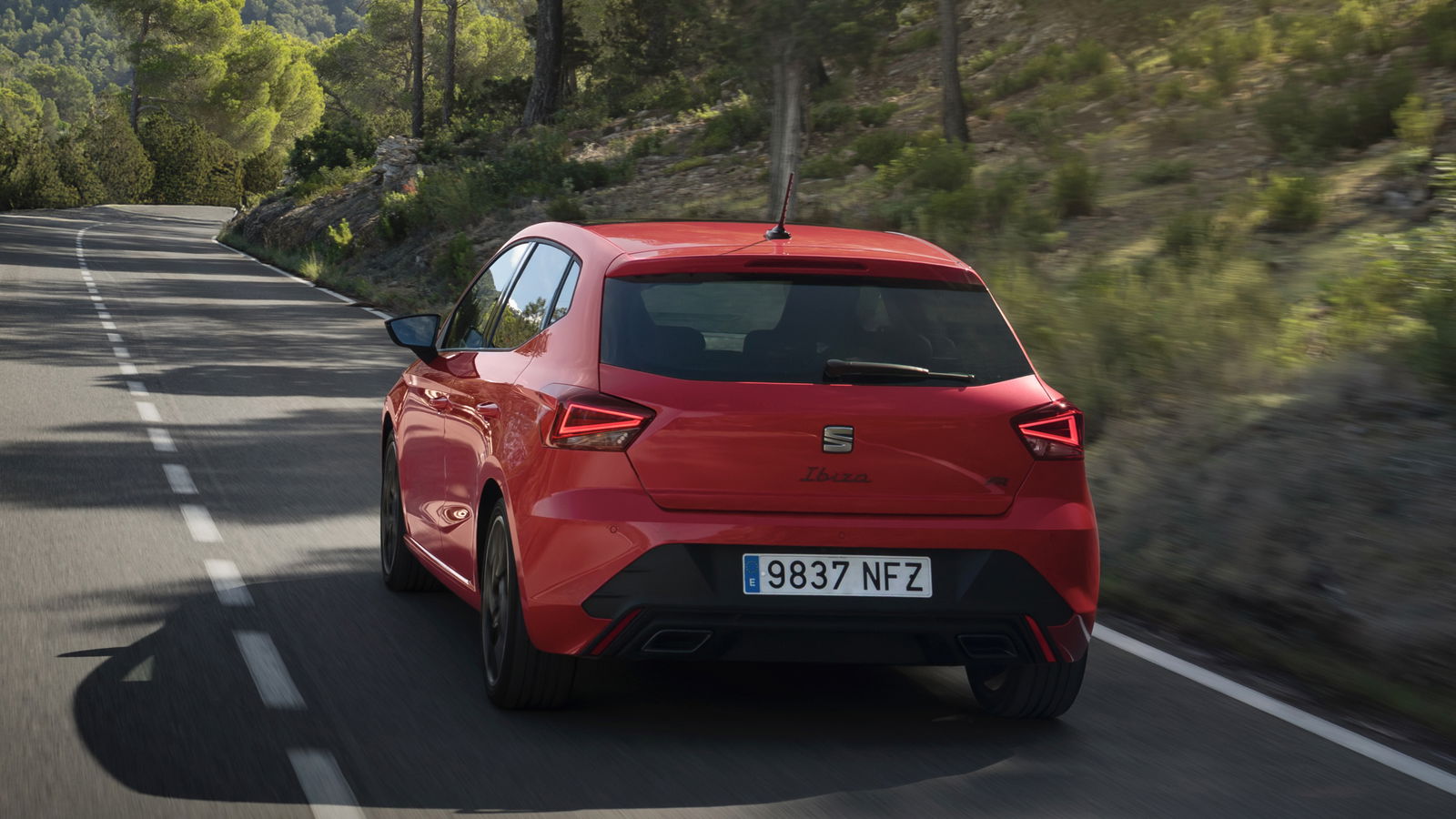
It makes you wonder why we ever started abandoning this sort of car in favour of compromised crossovers (once again, a hex upon the Nissan Qashqai for starting the trend in the first place). Moreover, it means that if it keeps building cars as fundamentally pleasant as this, we’re very happy to see Seat awaken from its state of semi-dormancy while Cupra handles all the sporty stuff. Bienvenido de nuevo, as Google Translate informs us we should say.
The stats (Ibiza FR 1.0 TSI 115PS)
- Engine: 1.0-litre turbocharged three-cylinder, petrol
- Gearbox: 7-speed dual-clutch automatic
- Power (bhp): 113
- Torque (lb ft): 148
- 0-62mph: 9.9 seconds
- Top speed: 124mph
- Weight: 1178kg
- Starting price: TBC
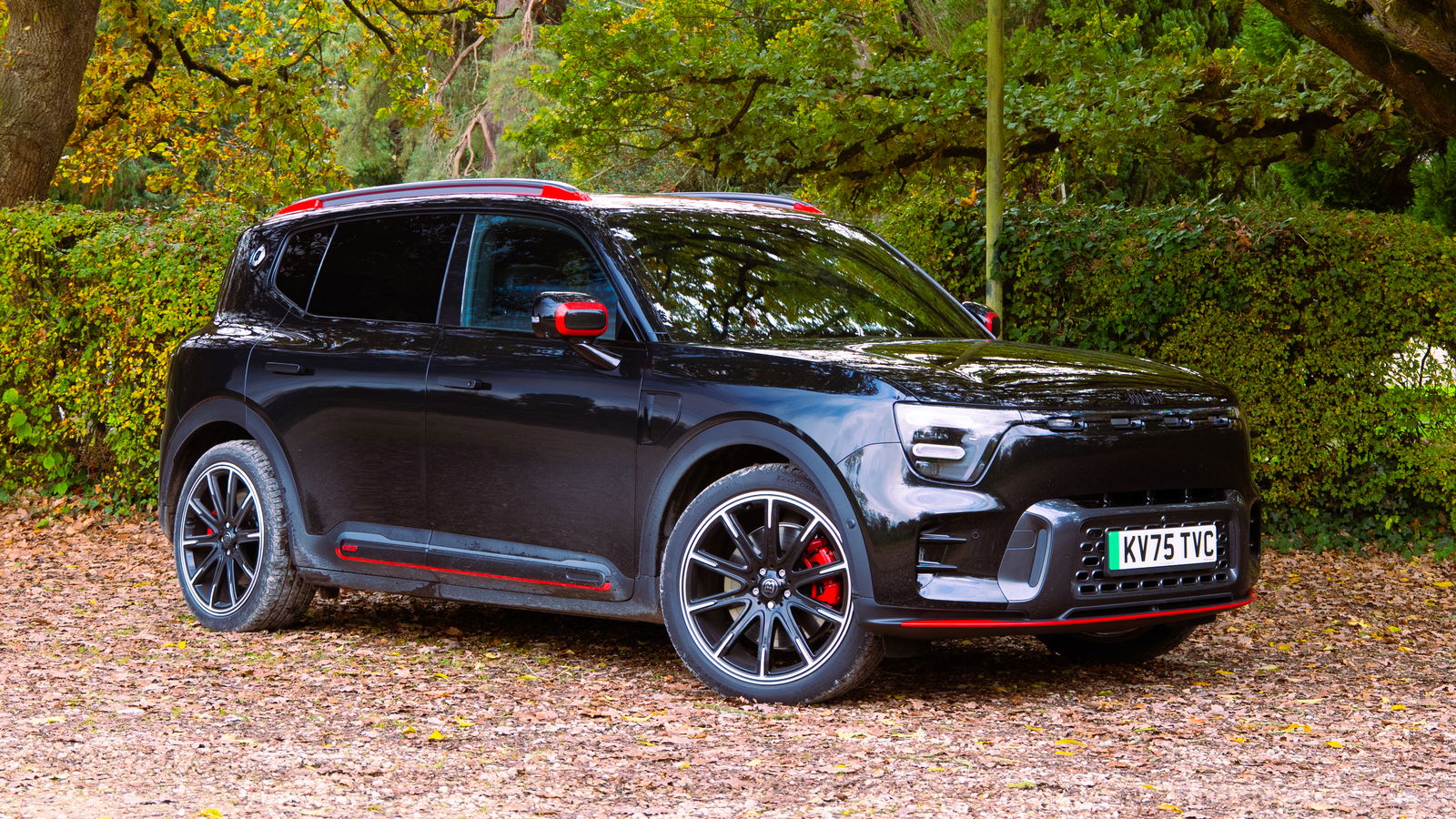
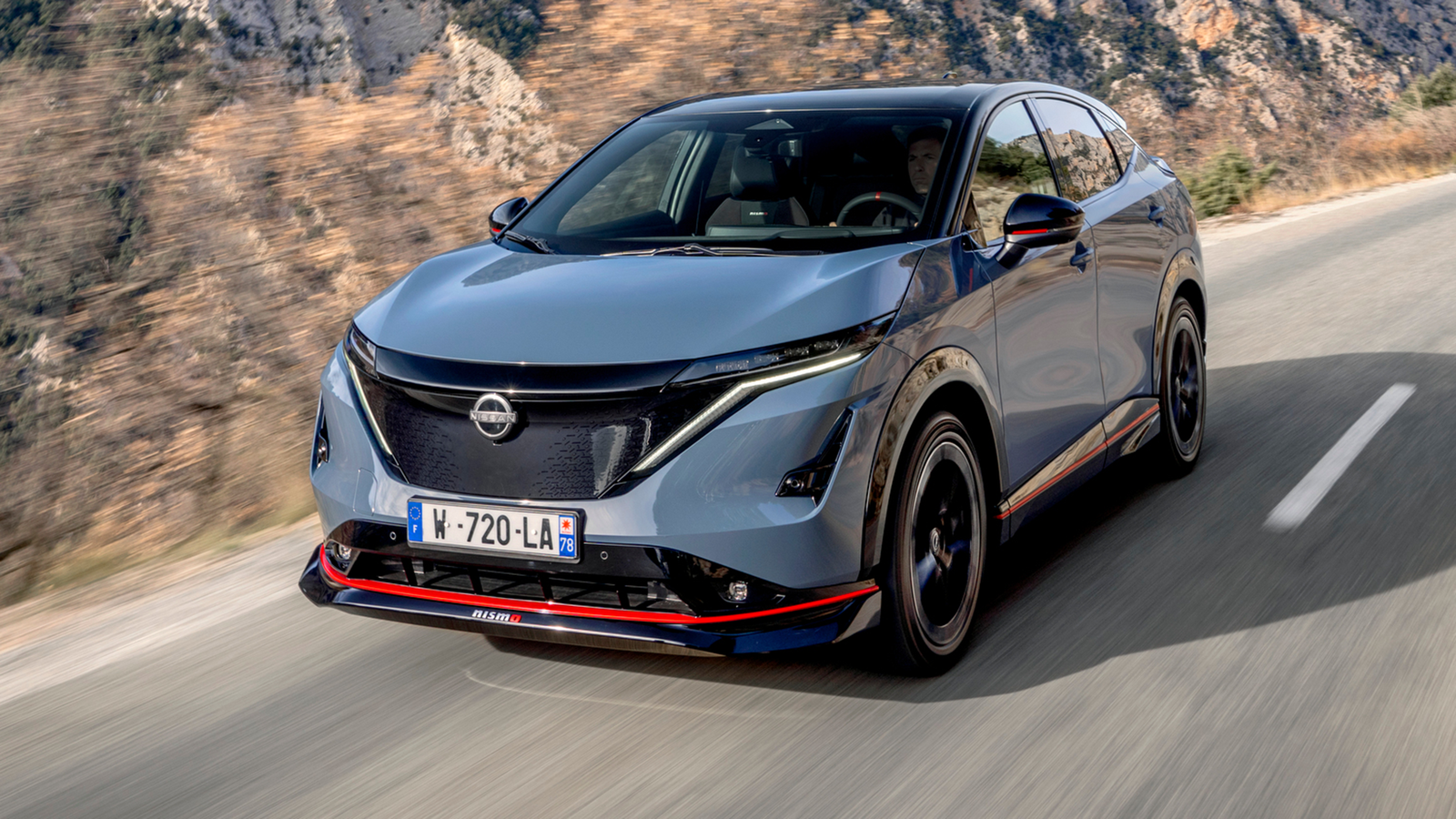

Comments